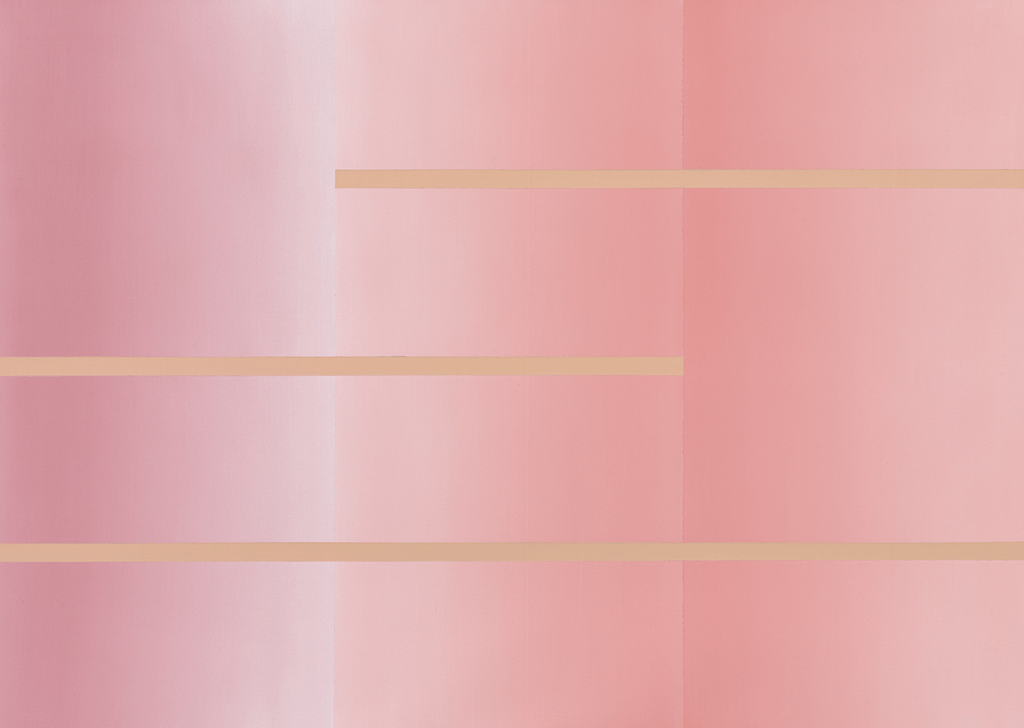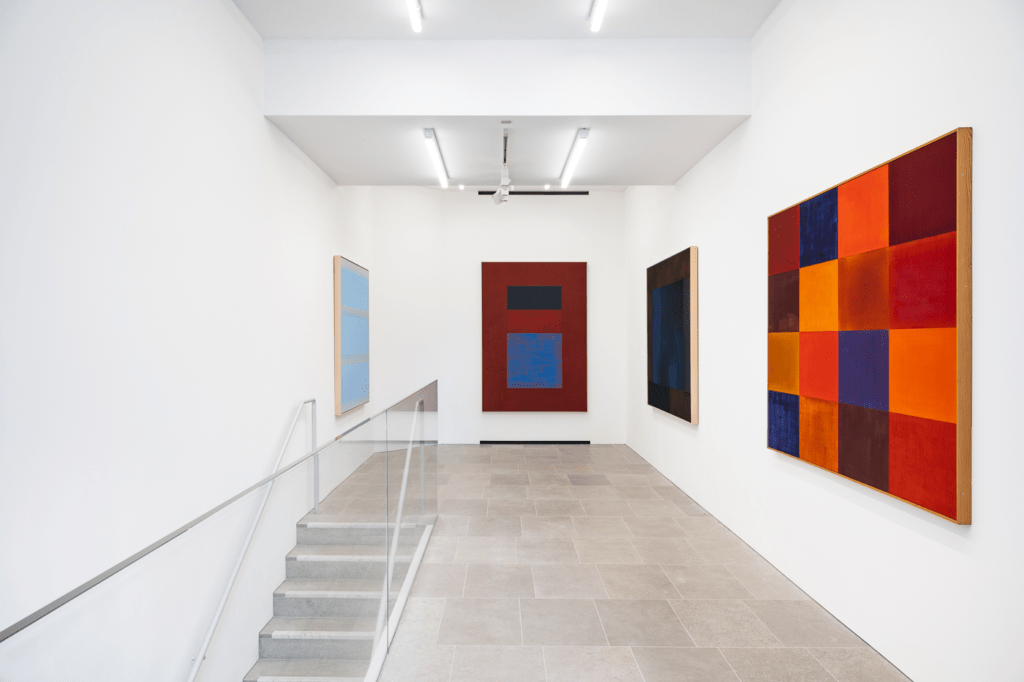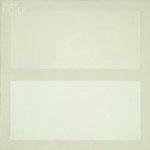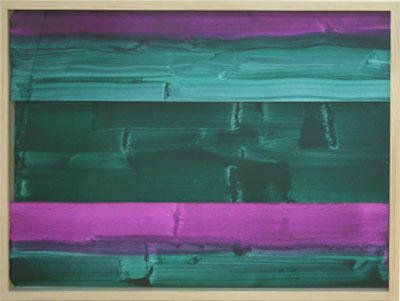Ulrich Erben BIOGRAPHY

Ulrich Erben is a renowned German painter who has dedicated his life to exploring the world of abstract expressionism. He was born on 26 March 1940 in Düsseldorf and has since earned himself a prestigious name among the art world elite. From 1980 to 2005, he was a professor of Painting at the Kunstakademie Münster (University of Fine Arts Münster).
Erben’s artistic style has been widely cited as a master of the color field, particularly in relation to abstract expressionism. His work is defined by the tension between a structured surface and an intuitive paint application to canvas. He often combines various shades of white and color in his compositions on flat surfaces, creating a mesmerizing interplay among his elements.
In 1986 and 2008, Erben was honored with the prestigious Konrad-von-Soest Prize for Visual Arts by the Landschaftsverband Westfalen-Lippe (Landscape Society Westphalia-Lippe).
What is Ulrich Erben known for?

Ulrich Erben is a renowned German painter known for the deep exploration of abstract expressionism. He utilizes flat surfaces, various shades of white and color, and geometric forms to create mesmerizing compositions.
Career highlights

Ulrich Erben had a remarkable start to his artistic journey, spending his youth between the Lower Rhine and Rome. Erben’s family moved to Rome in 1956, and he took advantage of this opportunity to study painting, graphic techniques, fresco painting, and drawing at art academies in Hamburg, Urbino, Venice, Munich, and Berlin.
As his talent blossomed, he transitioned from depicting landscapes and still lifes to adopting a more abstract style employing geometric forms. He also made a longer stay in Paris in 1963 and married the writer Ingrid Bachér in 1966.
Erben moved to the United States in 1967 to further polish his skills. During this time, he deeply interacted with the American landscape and architecture, studying their mythological meaning that ultimately influenced his works by reducing the use of forms and colors. This experience became a cornerstone of his art, and from then on, the landscape became a major part of Erben’s oeuvre as an evocative memory source.
Ulrich Erben List of Work

His works have extended beyond painting, including sculptures, prints, drawings, and architecture-related projects such as wall paintings at various public buildings in various countries.
Era from 1968 to 1977
From 1968 to 1977, Ulrich Erben perfected his iconic style of abstract expressionism known as “weiße Bilder” or “white paintings.” These paintings differ from traditional works, featuring a white zone at the center, distinct from the muted background color. Erben used this technique to explore his primary theme of reciprocal relationships between form areas, boundaries of connection, and perspective-free space.
He also began experimenting with light objects and murals during this period, utilizing halogen lights in installations to create the illusion of an actual painting. In 1975, Erben moved to Düsseldorf and began producing his first colored works in 1977, which were exhibited at Documenta 6 in Kassel. Since then, he has continued to use the principles of abstract expressionism to create captivating pieces of art that are beloved worldwide.
Era from 1978 to 2014
1978 changed the direction of Ulrich Erben’s career path as he began exploring pure colors and irregular forms on his canvases in a single painting process. This technique, known as “prim-avista,” combined color with form to create unique and captivating works. His paintings, which explore themes of reciprocal relationships between form areas, boundaries of connection, and perspective-free space, have been exhibited at Documenta 6 in Kassel.
In 1980, Erben was appointed professor at the Kunstakademie Düsseldorf, Münster Division, and he later became a professor emeritus there in 2005. 1988 marked a new era for Erben’s art, as he returned to stricter geometrical image partitions in his works. He created a series of paintings known as “Farben der Erinnerung,” meaning “Colors of Memory,” which featured bold colors that balanced between harmony and disharmony.
In 1992, Erben became a member of the Visual Arts Section of the Akademie der Künste in Berlin, and he has created several site-specific wall arrangements in public buildings throughout Germany. He has also taken up oil painting for large-format, multi-panel paintings.
Most recently, Erben’s work from 2014 onwards is known as “Festlegung des Unbegrenzten,” or “Fixing of the Unbounded.” These paintings feature muted color transitions, allowing for an immaterial movement and luminous quietude to be expressed.
Awards and Exhibition
Here are the awards that have been bestowed upon Ulrich Erben for his exemplary works:
- Förderpreis des Landes Nordrhein-Westfalen für Bildende Kunst in 1974
- Konrad-von-Soest-Preis in 1986
- Otto-Ritschel-Preis in 2003
For exhibitions. Ulrich Erben has been involved in lots of solo and group exhibitions. Here are a few of those:
Solo Exhibitions | Year | Held At |
1971 | Galerie m, Bochum | |
1978 | Städtisches Museum Haus Koekoek, Kleve | |
1992 | Shiga Museum of Modern Art, Osaka / Japan | |
2005 | Museum DKM, Duisburg | |
2019 | Josef Albers Museum Quadrat, Bottrop | |
Group Exhibitions | 1973 | Städtische Kunsthalle Düsseldorf, Düsseldorf |
1977 | Documenta 6, Kassel | |
1982 | Neue Nationalgalerie, Staatliche Museen zu Berlin, Berlin |
Ulrich Erben’s profound influence and enduring legacy in the realm of abstract expressionism continue to inspire and captivate audiences worldwide. His work is a testament to the boundless possibilities of art, transforming mere color and form into a language of emotion and memory. Ever-evolving, Erben’s journey exemplifies the relentless pursuit of artistic expression and mastery.
Famous Artwork by Ulrich Erben
Titel: Untitled – Ulich Erben













